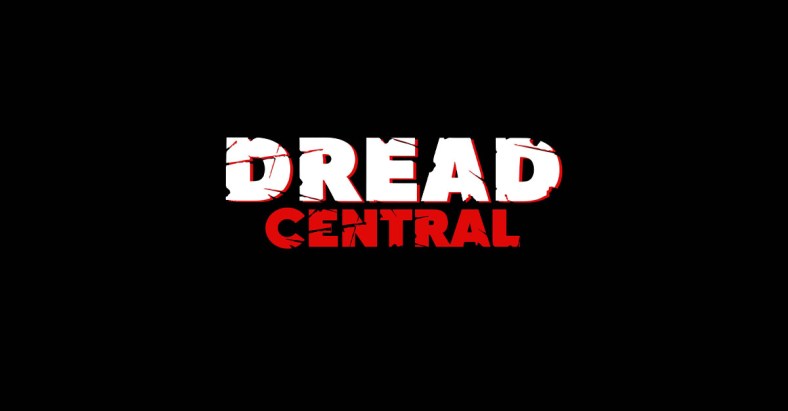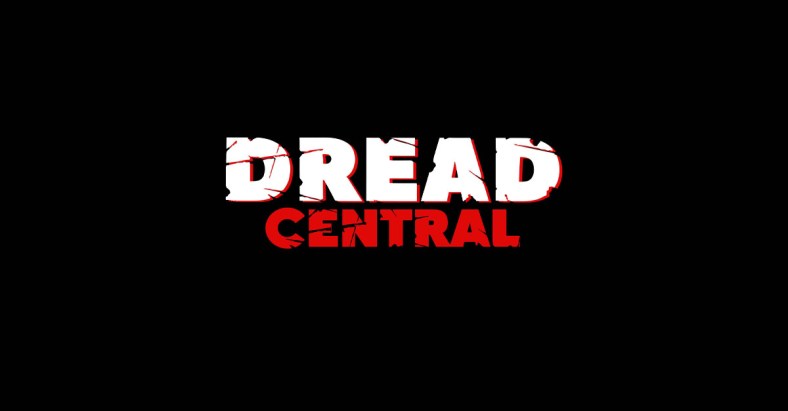Exclusive: Director Roar Uthaug Talks The Wave

Just a few weeks back we covered the ridiculously talented Norwegian, Roar Uthaug’s new film, The Wave (review). Not only was the film outstanding, it was an infectious jolt of action-packed insanity, passion and, in the case of the film’s protagonists, a refusal to go quietly into the next life. But The Wave wasn’t just a special film on many levels, it was a disaster film the way we’ve always wanted our disaster films: believable… conceivable!
It took a stud like Uthaug to get the job done and we can’t applaud him enough for his successful venture in legitimately epic filmmaking. If we’re fortunate we’ll see more sprawling features of this nature from Uthaug, but even if the man chooses against making another film this big, we know he’ll be back behind the camera soon, and it’s probably safe to say he’ll instill a bit of fear in us genre fanatics when all is said and done.
We were very lucky in having the opportunity to chat with the man. And while time is always a fleeting thing, we were able to touch down on a few big questions – could we see a sequel to The Wave? Just how problematic is it when shooting a picture this grandiose? Will Roar ever return to the Cold Prey franchise?
Get your answers below in this exclusive interview!
Dread Central: First off, tell me about the challenges of shooting a film this big. There are a number of explosive scenes loaded with chaos and action. How do you maintain control over a shoot like that?
Roar Uthaug: You have to plan very carefully, and then be ready to improvise when that’s called for. And be really clear in what you think is important to get for each moment of a sequence.

DC: Visually speaking the film is absolutely stunning. How much were you able to shoot without digital effects, and how much of this picture required serious visual effects?
RU: Thank you! Most of it is shot without VFX. We shot on location in the fjords of Western Norway where this will actually happen one day. The Geiranger Fjord is on Unesco’s World Heritage List and that of course gives you a lot of production value in camera. Then we tried to schedule our shoot so we would get the best possible light for each location and scene.
DC: Working on a film as big and broad as this, I’d imagine you ran into a few hiccups during production. Any interesting stories you can share about the shoot?
RU: One of the most challenging sequences was when all the cars are piled up on the hill and people are running for their lives. Because of the light we wanted for that we only had a 3 hour window in the evening to shoot so we spread that out over 3 nights. We had to place all the cars and rehearse with everybody in the afternoon, then move everything so tourist buses could pass, before resetting it all and then sprint for 3 hours.
Working in and under water was definitely another great challenge. Everything moves a lot slower and of course never stays in place. People get tired very quickly so you constantly have to push everyone to keep the energy we needed. Luckily I had very devoted and enthusiastic actors that really delivered – even after 10 hours in the tank.
DC: Kristoffer Joner did such an amazing job of portraying the unlikely hero. What was it like working with him, and when did you know you had the right man for the job?
RU: It was fantastic working with Kristoffer. He brings so much to a character. We didn’t want our hero to be a big macho guy, but rather feel like an everyday man that got thrown into this extraordinary event. And Kristoffer was perfect for that. He feels very grounded and truthful in everything he does.
DC: Building on that question, how did you go about casting Joner in the part?
RU: We sent him the script, which he really responded to. And then I met with him and Ane who plays his wife Idun in the movie, and tried out a couple of scenes and pitched my ambitions for the movie. Luckily that was something they wanted to be part of.
DC: Speaking of casting, why no Ingrid Bolsø Berdal, who’s appeared in a few of your previous films?
RU: Unfortunately there wasn’t any part we felt was right for Ingrid in this movie, but I would absolutely love to work with her again.
DC: While The Wave is no horror film, the insanity, and the threat of the elements leave it feeling a bit like a genre film. Did you expect the picture to have that effect, and did you feel it would resonate with fans of the horror genre?
RU: I think the influences of growing up watching a lot of horror films will always seep into my movies one way or another. And when we are building the suspense before the disaster hits, it’s not that different from when you’re building tension in a horror movie. Also you have movies like Jaws that have a lot of similarities in its structure to many disaster movies. So I guess the two genres are not that far apart.
DC: Films like this don’t necessarily leave much room for sequels, so I won’t ask if we’ll one day see a follow-up to The Wave, but could you see yourself making another similar themed film?
RU: I would love to do more movies with big disasters, monsters or similar genre films.
DC: And finally, I’ve long wanted to ask about Fritt Vilt (Cold Prey). This is one of the greatest slasher pictures to see release in the last few decades. How did you feel about the immediate follow-up, and could we ever see you return to the franchise?
RU: Thank you for those kind words. I served as an associate producer and contributed to the story on the first sequel. I thought that was a fun way to continue the saga. I didn’t take part in the second sequel and I think we have seen the end of the franchise.
DC: Thanks for the time, Roar!
RU: Thanks for the great questions, Matt! Big fan of the site!
The Wave is based on the 1934 real-life tsunami in Norway’s Tafjord, which left 40 people dead. The screenplay, written by John Kåre Raake and Harald Rosenløw Eeg, is set at Geiranger Fjord, one of Norway’s top tourist attractions. It takes place in contemporary Norway and centers around a geologist who realizes the inferno is about to hit.
Kristoffer Joner, Ane Dahl Torp, Jonas Hoff Oftebro, and Fritjof Saheim star in Uthaug’s fourth feature, which was produced by Martin Sundland and Are Heidenstrom for Fantefilm Fiksjon.
Synopsis:
The experienced geologist Kristian Eikfjord has accepted a job offer out of town. He is getting ready to move from the city of Geiranger with his family when he and his colleagues measure small geological changes in the underground. Kristian gets worried, and his worst nightmare is about to come true when the alarm goes off and the disaster is inevitable. With less than 10 minutes to react, it becomes a race against time to save as many as possible, including his own family.

Categorized:News

